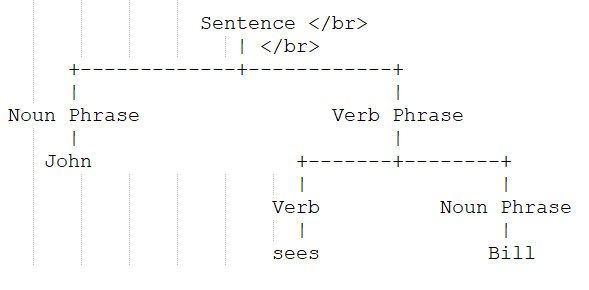A trainsition-based dependency parser
A constituency parse tree breaks a text into sub-phrases. Non-terminals in the tree are types of phrases, the terminals are the words in the
sentence, and the edges are unlabeled. For a simple sentence "John sees Bill", a constituency parse would be:

A dependency parse connects words according to their relationships. Each vertex in the tree represents a word, child nodes are words that are
dependent on the parent, and edges are labeled by the relationship. A dependency parse of "John sees Bill", would be:

You should use the parser type that gets you closest to your goal. If you are interested in sub-phrases within the sentence, you probably want
the constituency parse. If you are interested in the dependency relationships between words, then you probably want the dependency parse.
Here I built a dependency parser following Stanford CS224n and Danqi Chen's paper. The structure of the neural network parser is as follow:

The features I used are:

- Read data from file and get some useful information(eg.vocab size, token to id)
- Build a neural network model for dependency parsing
- Prepare the training data (eg. words in the buffer and on the stack, pos tags)
- Train the model with approporiate learning rate
- Evluate the model with development data
Because the dataset is labeled with transitions, so here I use accurarcy to evaluate the model instead of UAS and LAS.
The model is overfitted on evaluation dataset because I do not try to tune the parameters to maximize the performance on it. It is just a demo. After
35 iterations, the result on trainning dataset is:
Predicted: [['SHIFT', 'SHIFT', 'SHIFT', 'SHIFT', 'REDUCE_L', 'REDUCE_L', 'REDUCE_L', 'SHIFT', 'SHIFT', 'REDUCE_L', 'SHIFT', 'SHIFT', 'SHIFT', 'SHIFT', 'REDUCE_L', 'REDUCE_L', 'REDUCE_L', 'SHIFT', 'REDUCE_R', 'REDUCE_R', 'REDUCE_R', 'SHIFT', 'REDUCE_R', 'SHIFT', 'REDUCE_R']]
Ground Truth: [['SHIFT', 'SHIFT', 'SHIFT', 'SHIFT', 'REDUCE_L', 'REDUCE_L', 'REDUCE_L', 'SHIFT', 'SHIFT', 'REDUCE_L', 'SHIFT', 'SHIFT', 'SHIFT', 'SHIFT', 'REDUCE_L', 'REDUCE_L', 'REDUCE_L', 'SHIFT', 'REDUCE_R', 'REDUCE_R', 'REDUCE_R', 'SHIFT', 'REDUCE_R', 'SHIFT', 'REDUCE_R']]
Total loss: 0.28010822834707083, Accuracy: 0.8947368421052632
https://github.com/rguthrie3/DeepDependencyParsingProblemSet
https://cs.stanford.edu/~danqi/papers/emnlp2014.pdf
https://www.aclweb.org/anthology/W04-0308
https://web.stanford.edu/class/cs224n/archive/WWW_1617/lecture_notes/cs224n-2017-notes4.pdf